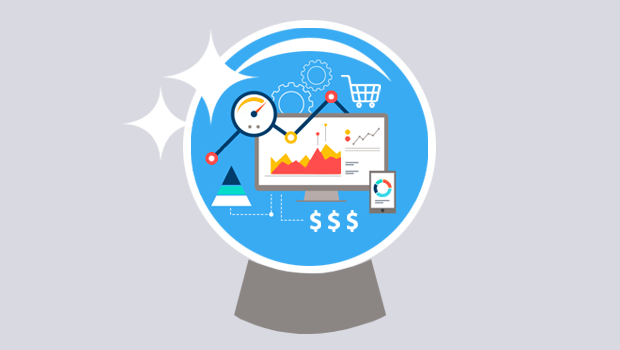Real estate brokerages are increasingly turning to something called predictive analytics in order to work out which consumers are most likely to buy or sell.

Predictive analytics is a method that involves analyzing historical data using complex statistical algorithms to forecast future trends and results. The evolution of technology in recent years means that this kind of software is now affordable enough that it’s finally accessible to most businesses.
Now, companies of all sizes can use predictive analytics to identify which consumers are most likely to be considering selling their home, and target them accordingly. They can do this even before that consumer has reached out to a real estate agent, which means those who get in first could motivate that consumer to act sooner and obtain their business.
Martin Morzynski, chief marketing officer with HouseCanary, a real estate data analytics firm, told RISMedia that predictive analytics can “help agents get better at their jobs because consumer’s expectations and questions and getting more precise.”
“It brings a level of accuracy and granularity into the process that changes the game,” he added.
There are other uses too. For example, predictive analytics can be used to identify future price projections for specific properties and neighborhoods. This data can then be shared with clients to help them come to a decision. One such service that does this is HouseCanary, which aims to give buyers and sellers more confidence in their decisions.
Another useful tool is SmartZip, which offers a data service that tries to identify homeowners who’re thinking of selling their homes. It relies on U.S. Census data to analyze consumer’s selling life cycle, based on publicly available data such as divorces, deaths and marriages. The service reckons it can use this data to accurately predict the percentage of homeowners who are likely to consider selling.